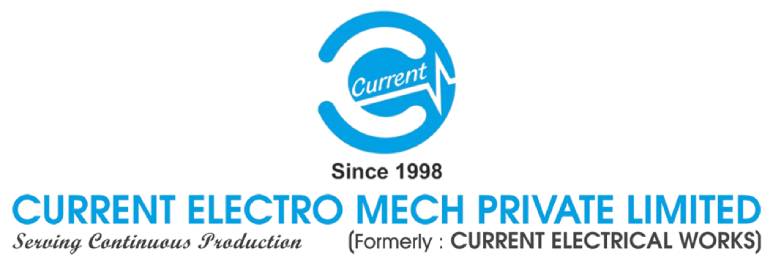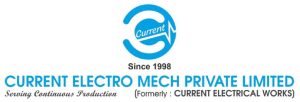Vacuum Pressure Impregnation (VPI) Process
The Vacuum Pressure Impregnation (VPI) process is a highly effective method used to insulate and protect electrical windings in high-voltage motors, generators, and transformers. It involves placing the component in a sealed chamber where air is removed using a vacuum, followed by the introduction of insulating varnish or resin under high pressure. This ensures complete penetration of the varnish into all microscopic voids, cracks, and gaps within the windings, resulting in a void-free, solid insulation structure. This technique is especially valuable in restoring and reinforcing aging or environmentally exposed equipment, helping improve performance, prevent failures, and extend operational lifespan.
Benefits of the VPI Process
The VPI process offers significant advantages over traditional dip-and-bake insulation methods. Conventional methods often result in air pockets and reduced volume after curing, which compromises the durability of the insulation. In contrast, the VPI process creates a dense, uniform insulation that resists leaks, cracks, corrosion, and moisture. This enhanced structural integrity ensures higher thermal conductivity, reduced partial discharge, and increased mechanical strength of the windings. With stages such as preheating, dry vacuuming, pressure impregnation, draining, and curing, the VPI process delivers long-term reliability and is widely recognized for boosting the efficiency and durability of critical electromechanical systems.
Book a Free Consultation for Vacuum Pressure Impregnation
Need a fast repair? CEM offer a 24/7 Emergency repair service.



